MasterCard is one of the most recognizable financial services brands worldwide, with its iconic interlocking circles representing a legacy of trust and seamless transactions. Since its inception in 1966, the MasterCard logo has undergone multiple transformations, adapting to contemporary design trends while maintaining its brand identity. This article explores the history, evolution, designer, color codes, and fonts associated with the MasterCard logo.
The Origins of MasterCard
MasterCard was founded in 1966 as the Interbank Card Association (ICA) by a group of California banks seeking an alternative to BankAmericard (now Visa). The organization rebranded as Master Charge in 1969 before adopting the MasterCard name in 1979. Over the decades, MasterCard’s logo has evolved significantly, reflecting shifts in branding strategy and design trends.
Evolution of the MasterCard Logo
1966
Before MasterCard existed, the Interbank Card Association (ICA) used a simple design featuring a horizontal black bar with the word “Interbank” in white uppercase letters. This initial branding was minimalistic and lacked the now-famous overlapping circles.
1969 – 1979
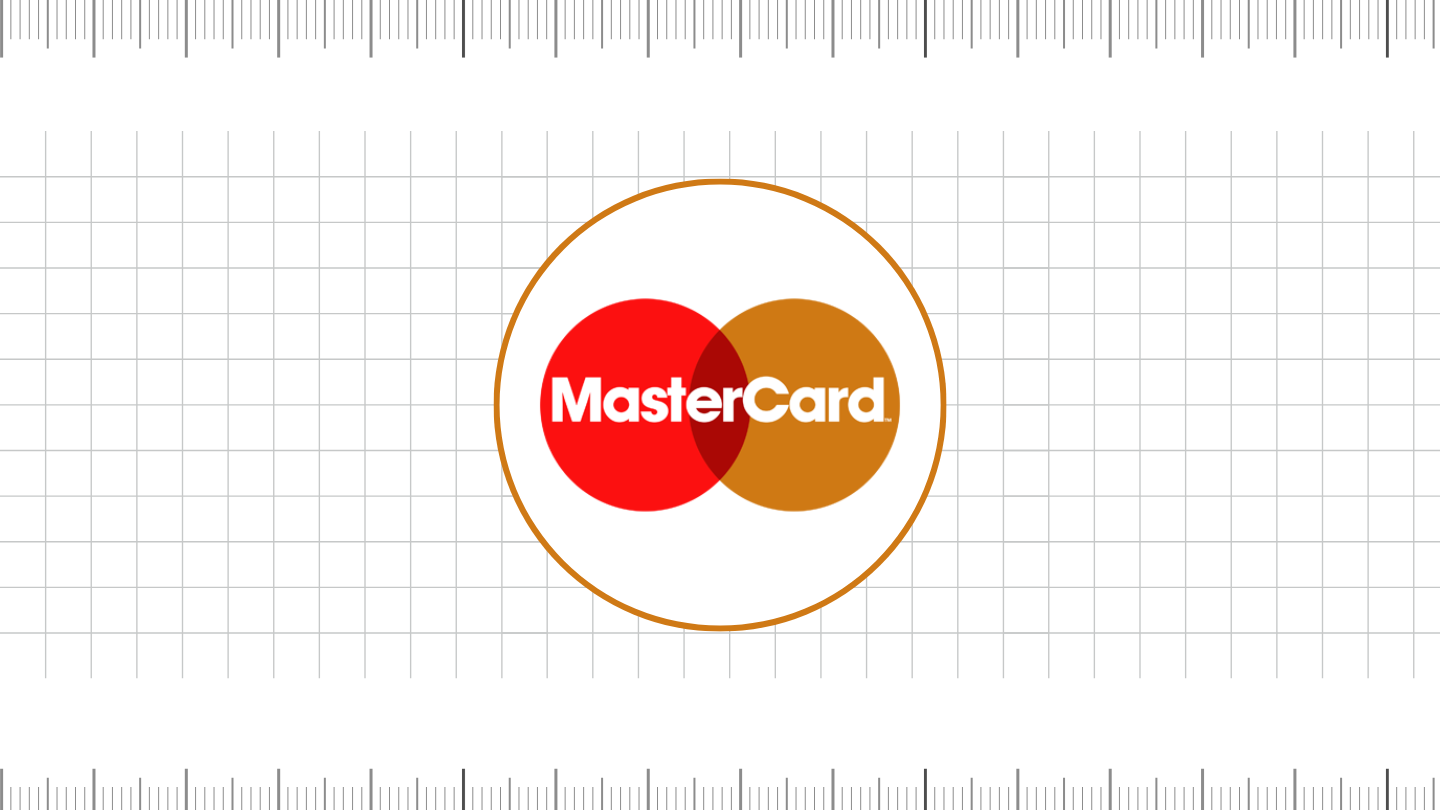
In 1969, the Interbank Card Association rebranded as “Master Charge: The Interbank Card.” This was the first instance of the overlapping circles—a red and orange pair with a central intersection. The circles represented collaboration among banks. The logo also featured bold black text for “Master Charge” and a smaller white “Interbank” inscription within the overlap. This period set the foundation for the brand’s visual identity.
1979 – 1990
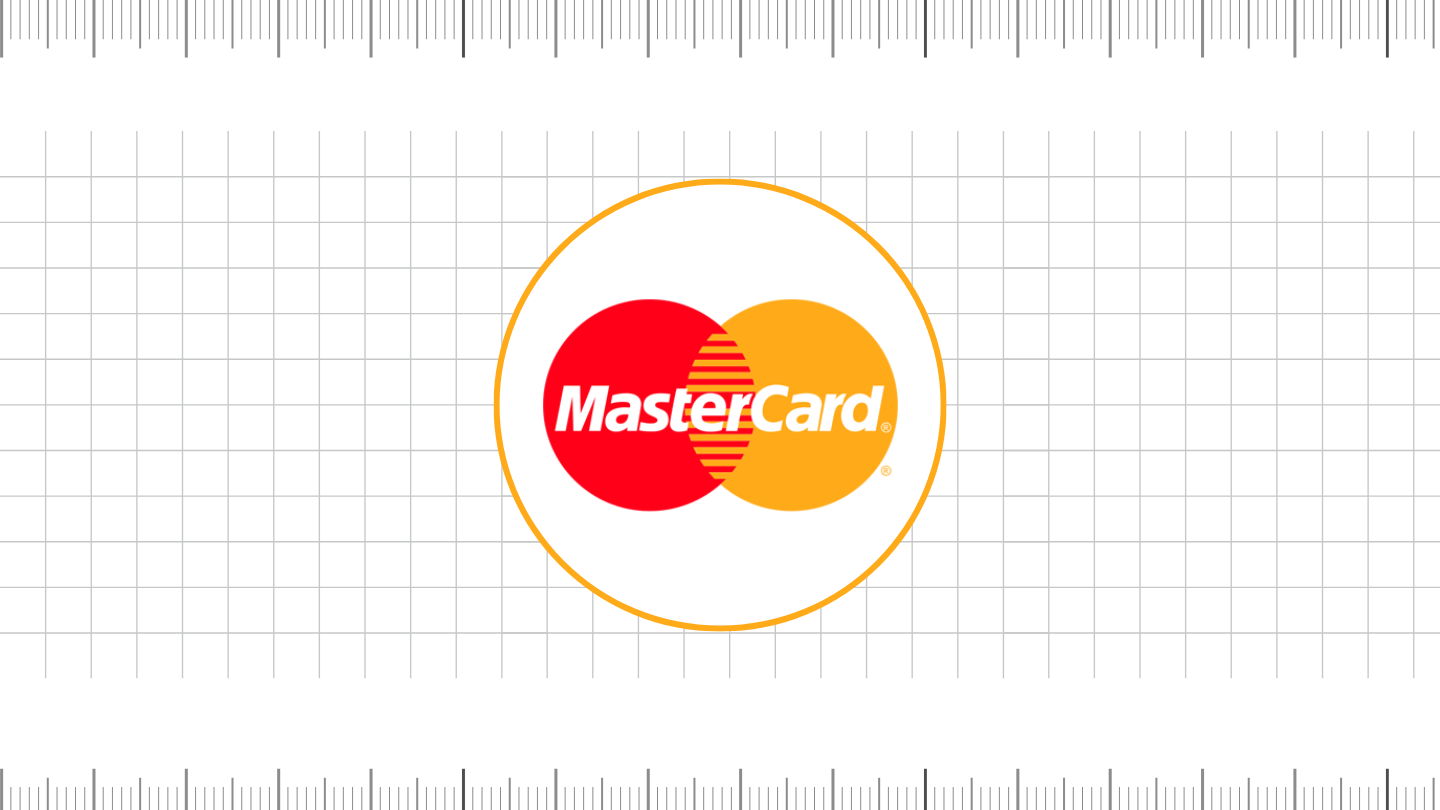
In 1979, the company officially became MasterCard, replacing “Master Charge.” The new logo retained the red and orange interlocking circles but replaced “Master Charge” with “MasterCard” in bold white text set against a black rectangle. This change emphasized the brand’s modern and international presence.
1990 – 1996
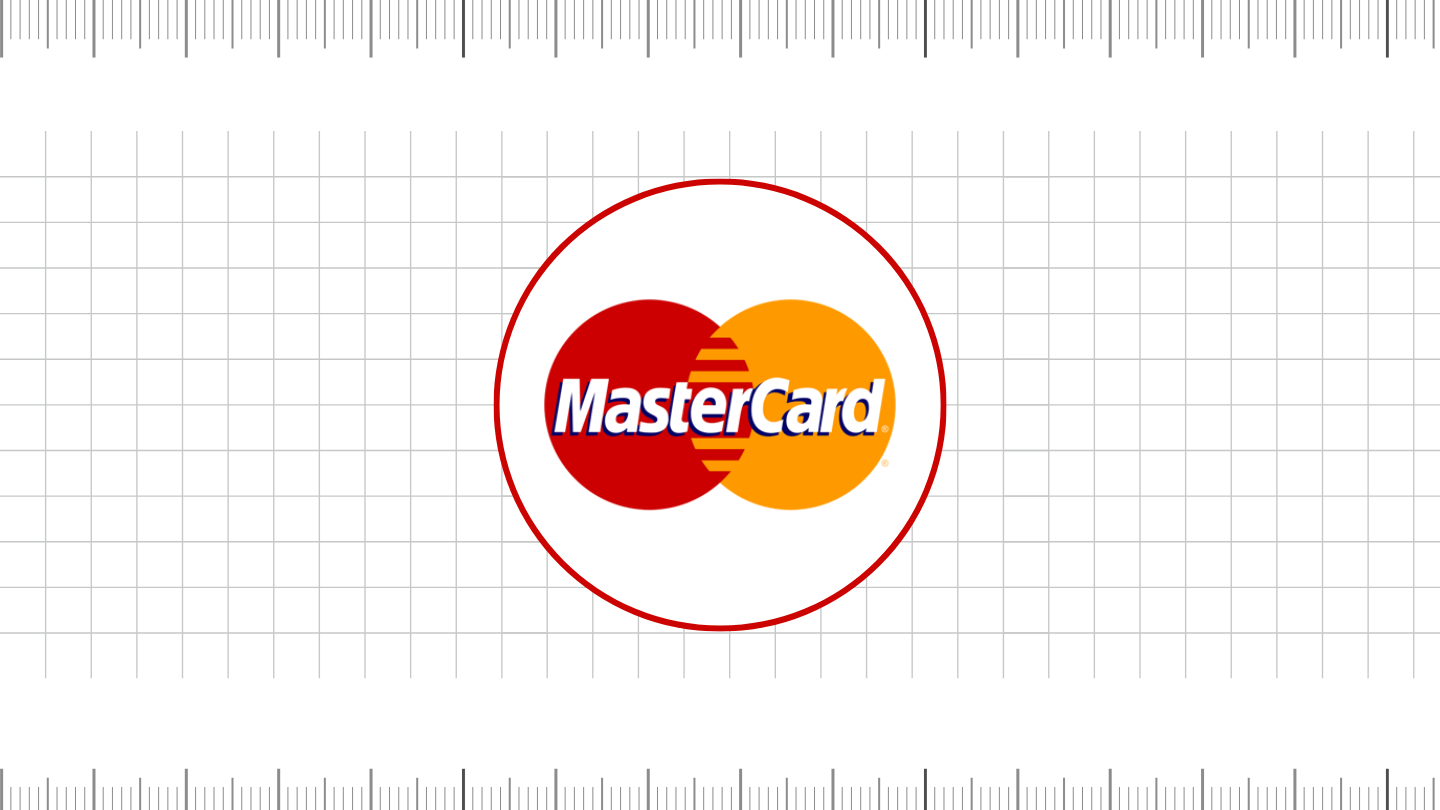
MasterCard refined its logo in 1990, introducing a cleaner design. The overlapping circles remained but gained a slight gradient for a more polished look. The word “MasterCard” was now written in a more contemporary font, increasing legibility and enhancing brand recognition across different mediums.
1996 – 2016
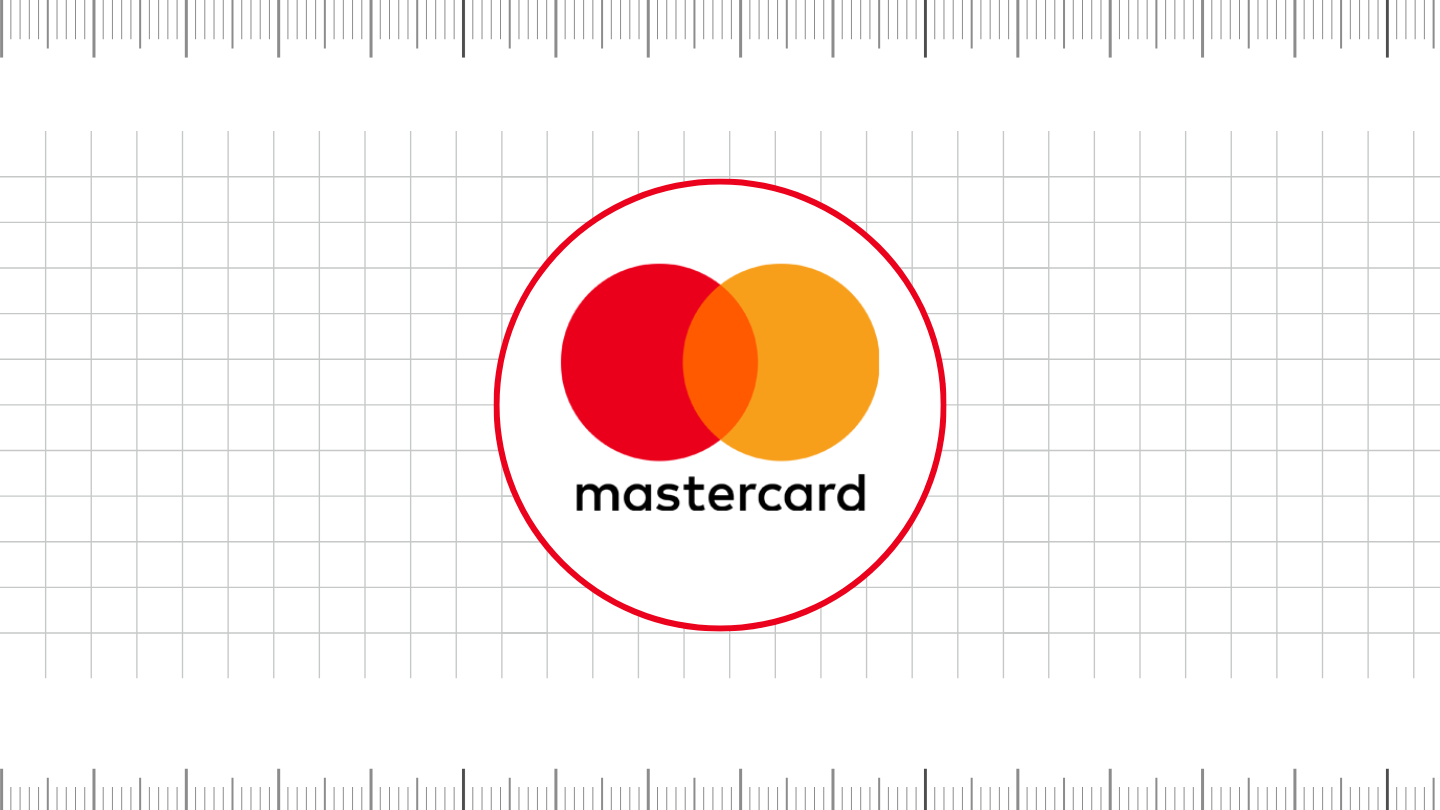
The 1996 redesign made the logo more vibrant and professional. The word “MasterCard” now sat across the overlapping circles in bold white text with a black outline, reinforcing contrast. A notable change was the introduction of horizontal stripes within the intersecting area of the circles, adding depth and a digital-friendly aesthetic.
1996 – 2006: Corporate Branding Adjustments
During this time, the MasterCard logo for corporate branding featured a refined font and updated typography. The use of the Frutiger typeface improved readability, making the logo more scalable across different platforms. The red and orange hues became more saturated to enhance visibility in print and digital formats.
1996 – July 14, 2016: Card Branding
MasterCard retained the 1996 logo for its cards, ensuring consistency in its financial products. However, slight refinements, such as smoother gradients and updated color saturation, were applied over time to adapt to evolving design trends and digital printing technology.
2016 – Present
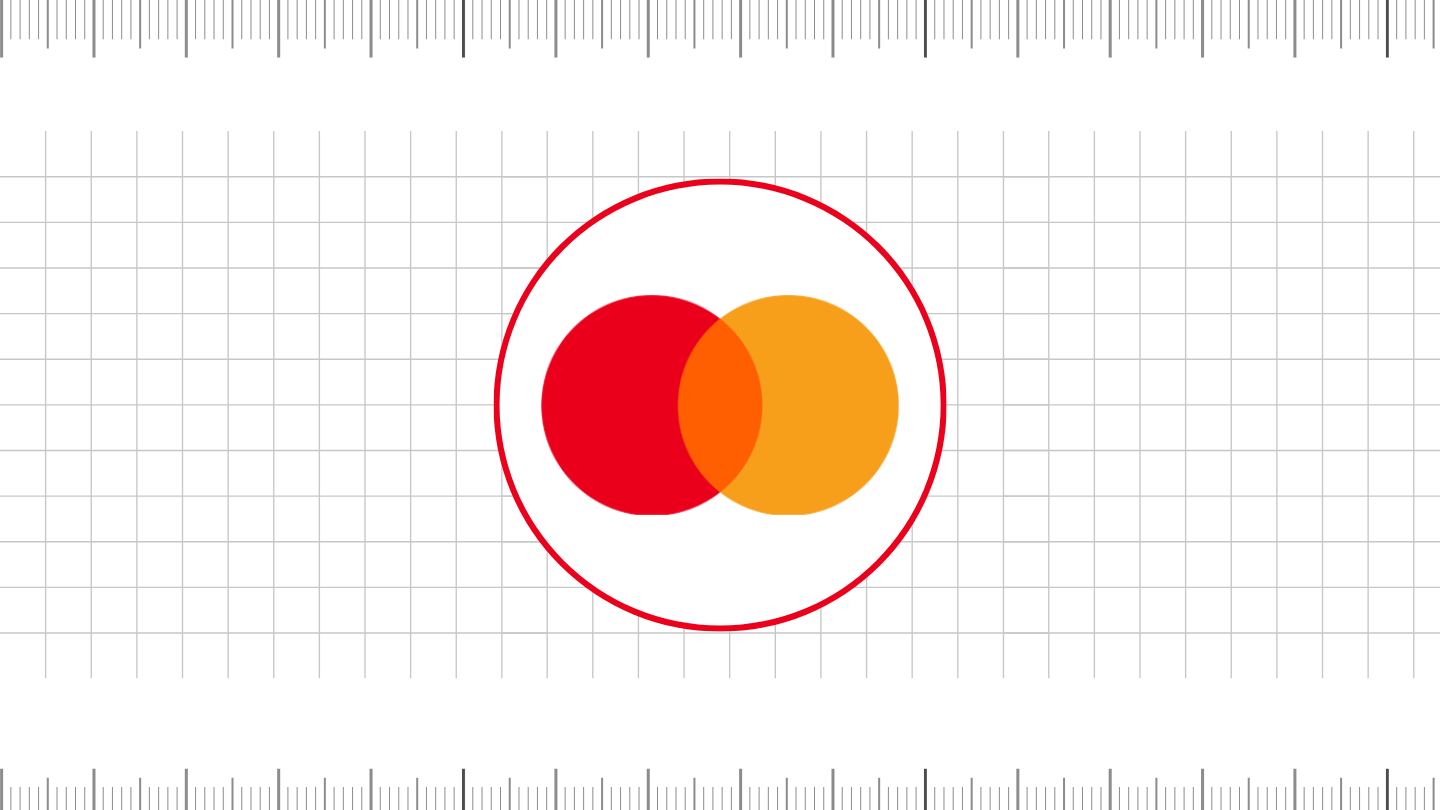
On July 14, 2016, MasterCard introduced a radical redesign, opting for a minimalist approach. The new logo retained the overlapping red and yellow circles but removed the horizontal stripes and text overlay.
Instead, “Mastercard” appeared beneath the circles in lowercase letters using the sleek FF Mark typeface. This modern, digital-friendly design enhanced brand adaptability across different screen sizes and digital platforms.
MasterCard Logo Colors and HEX, RGB, CMYK Codes
Color plays a crucial role in MasterCard’s branding, ensuring instant recognition worldwide. Below are the official color codes used in the MasterCard logo:
| Color | HEX Code | RGB | CMYK |
|---|---|---|---|
| Red | #EB001B | 235, 0, 27 | 0, 100, 100, 0 |
| Yellow | #FF5F00 | 255, 95, 0 | 0, 65, 100, 0 |
| Black | #000000 | 0, 0, 0 | 0, 0, 0, 100 |
| White | #FFFFFF | 255, 255, 255 | 0, 0, 0, 0 |
These colors provide a striking contrast, ensuring visibility and consistency across print and digital media.
MasterCard Font: A Shift to Modern Typography
MasterCard has used several fonts throughout its history. The most notable include:
- 1979 – 1996: Helvetica Bold (a widely used sans-serif font known for its clean and modern appearance)
- 1996 – 2016: Frutiger (a humanist sans-serif font improving readability and brand clarity)
- 2016 – Present: FF Mark (a geometric sans-serif font that aligns with MasterCard’s minimalist rebranding)
Who Designed the MasterCard Logo?
The 2016 redesign of the MasterCard logo was led by Pentagram, a world-renowned design agency. Under the leadership of Michael Bierut, the agency introduced a modern, typography-focused approach while retaining the brand’s iconic circles. Pentagram’s redesign aimed for simplicity, ensuring the logo remains adaptable for the digital age.
Final thoughts,
The evolution of the MasterCard logo reflects the brand’s commitment to innovation and adaptability. From the early days of Interbank to the modern, sleek design by Pentagram, the logo has remained a powerful symbol of trust, connectivity, and seamless transactions. With its iconic red and yellow circles, distinct fonts, and strategic design choices, MasterCard continues to be a leader in global financial services.
By understanding the history, colors, fonts, and designers behind the MasterCard logo, businesses and designers can appreciate the power of branding and its role in shaping consumer perception.
Reference: [wikipedia.org]

